Kraftwerk: Revelatory (and still relevant) at the Hollywood Bowl
Steven Mirkin on
1

Less a band than a performance/art collective, Kraftwerk on their past few tours have taken their music to the academy, performing in such high art venues as New York’s Museum of Modern Art and L.A.’s Disney Hall, presenting their albums as complete, discrete works, to be performed in order. This time around, the Dusseldorf quartet has returned to the pop realm, bringing their “Kraftwerk 3-D” tour to the Hollywood Bowl, crafting a neat, nearly two-hour retrospective of their four-decade career.
It’s easy to make the argument that the museum is where Kraftwerk belongs: The sound, the presentation, and the subject matter are very much part of the last century. But that would ignore that fact that Sunday night’s show (part of KCRW’s World Music Festival) felt so fresh and revelatory, reflecting modern concerns as much as it did in the 1970s and ’80s.
||| Photos by Annie Lesser
Yes, the Trans Europe Express stopped running some 30 years ago, organizations such as the KGB (to say nothing of the division of Germany into East and West) have been tossed onto the ash heap of history, and the music they so painstakingly built on analog synthesizers can now be recreated digitally, but Kraftwerk’s simultaneous embrace and distrust of technology still resounds.
The fears of data overload and the reduction of humanity to a line of figures in 1981’s “Numbers” are still with us, as is the spectre of nuclear annihilation of “Radioactivity” (updated to include the 2011 Fukushima meltdown). And the imagery that accompanies the songs are also a pastiche. The sharp-edged art of the Futurists snap into place during “Man Machine;” the neon signs that float by during the song of that name run from the logo of 1920’s German film studio UFA to the green crosses denote medical marijuana. “Metropolis” is something of a Bauhaus nightmare, a landscape of perfectly ordered buildings, cold and without a sign of humanity; “Autobahn” is a flat ’80s computer driving game pitting a 1970s VW Bug against a hulking 1974 Mercedes-Benz, while the flying saucer that sets down in the empty Hollywood Bowl during “Spacelab” is an intentionally campy reference to 1950s sci-fi, but passes a modern communications satellite on its way and navigates via Google Maps.
That retro-futurism can be felt in the production: While the 3-D imagery that is impressively sharp (especially given the size of the Bowl), the glasses placed on every seat were paper, making the audience look as though they were attending a screening of the 1950s horror classic, “House of Wax.”
Of course, none of this would matter if the music didn’t hold up, and it does, wonderfully. If anything, it’s even sharper and funkier than it sounded in the ’70s. It’s also impossible to miss the connections to more contemporary sounds, from the slinky “Trans Europe Express” riff that formed the backbone of Afrika Bambaataa’s “Planet Rock,” to the spare computerized beats heard on today’s pop charts. It’s music that matches the sly wit of the interlocking game sounds of “Boing Boom Tschak” with the rigor of the repetitious beat, a move that combined the “motorik” sound of German bands such as Neu! with the ideas of minimalist composers such as Steve Reich and Philip Glass.
The connection between Kraftwerk and Glass was made apparent in the opening set by the Los Angeles-based Lyris Quartet, who performed a short, crisply played set that moved seamlessly from Glass’ String Quartet No. 5 to lesser-known Kraftwerk songs, including “Europe Endless” and “Ohm Sweet Ohm.”
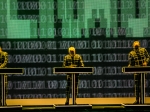
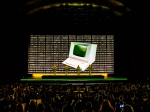
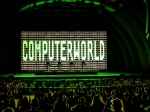
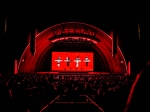
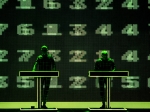
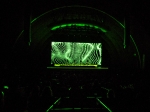
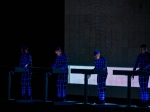
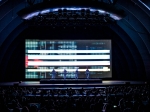
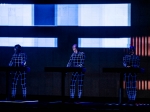
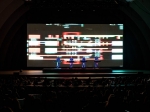
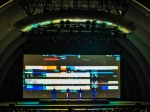
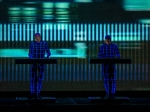
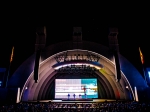
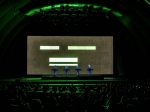
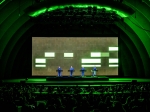
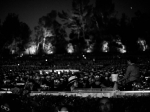

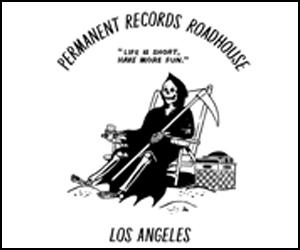
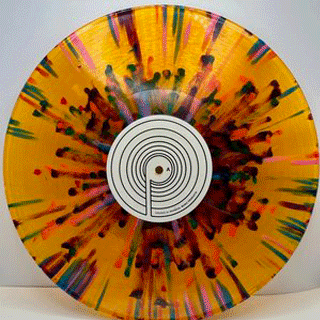

[…] Here is another review, by my friend Steven Mirkin, on the BuzzBandsLA site. […]